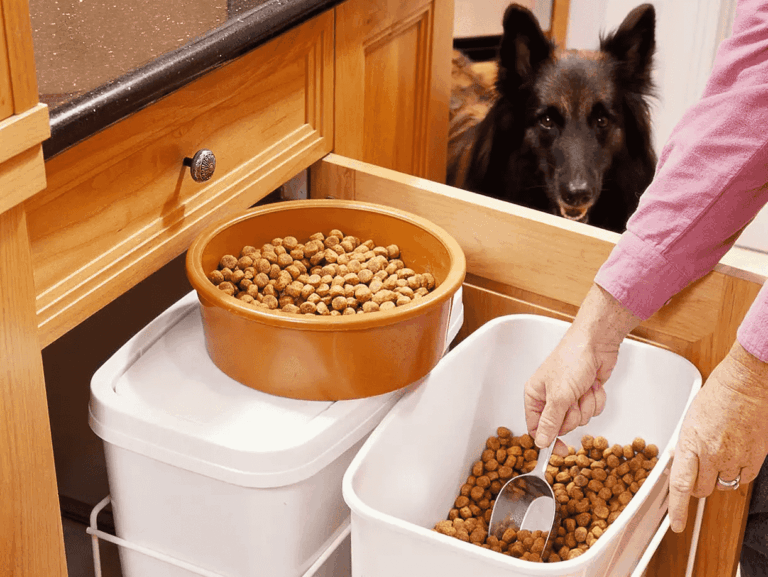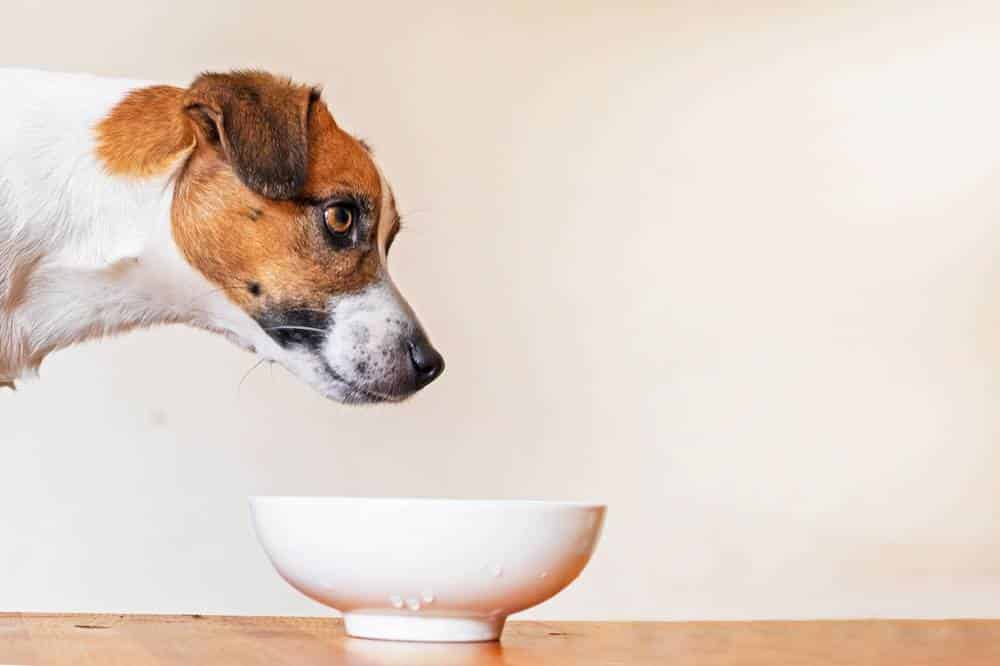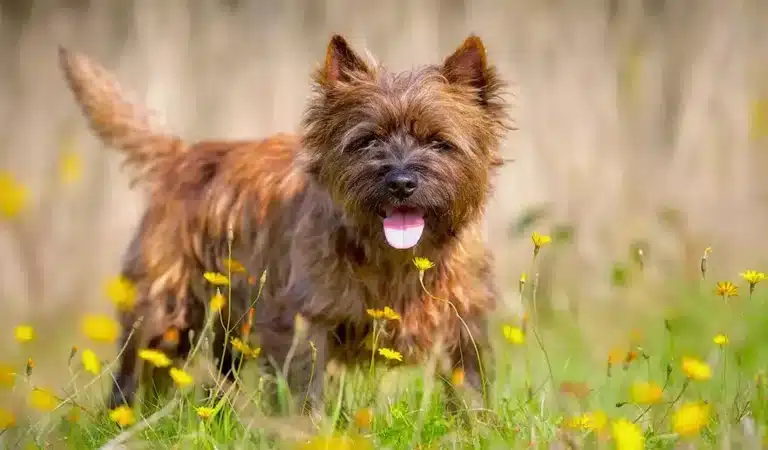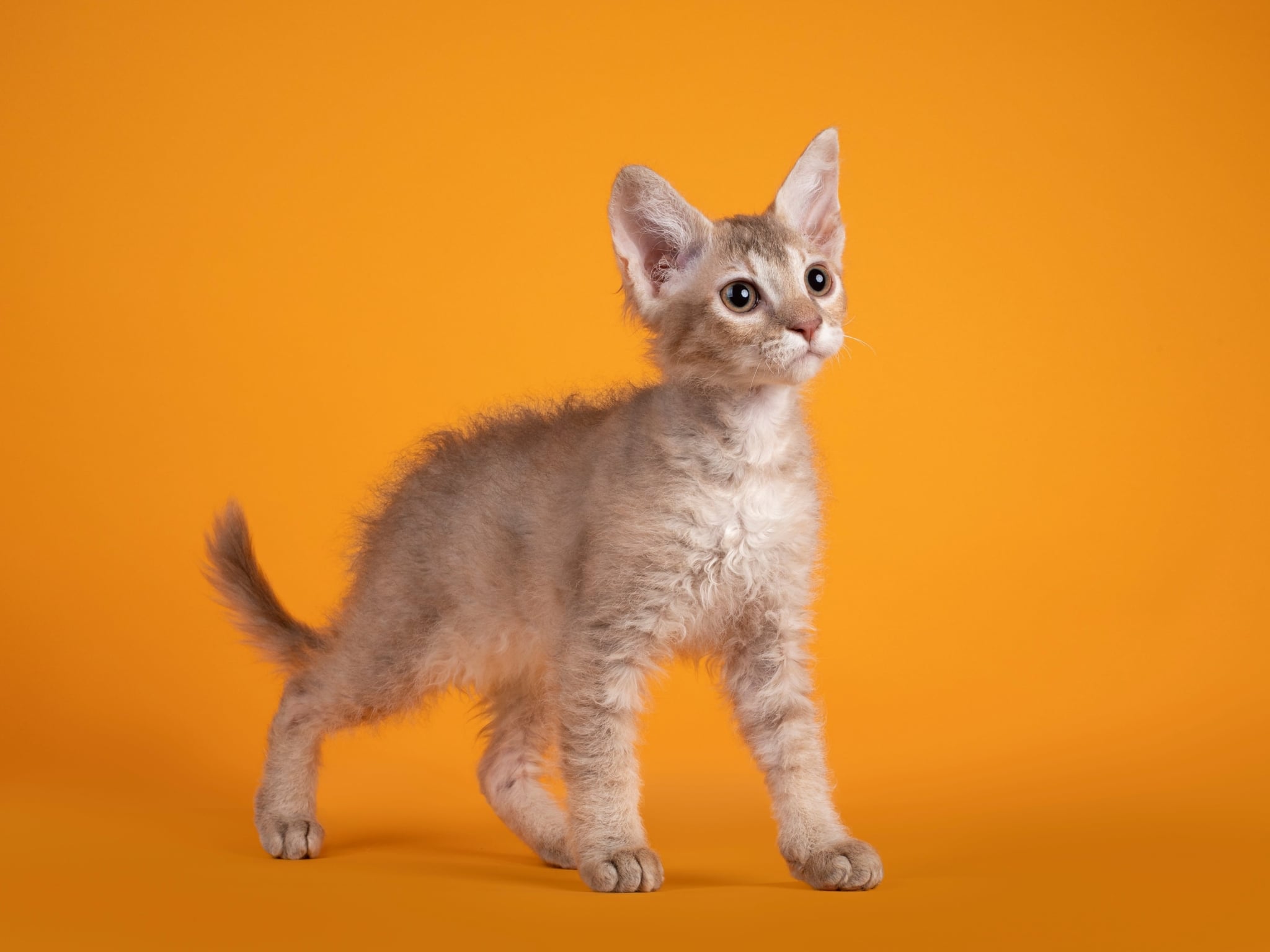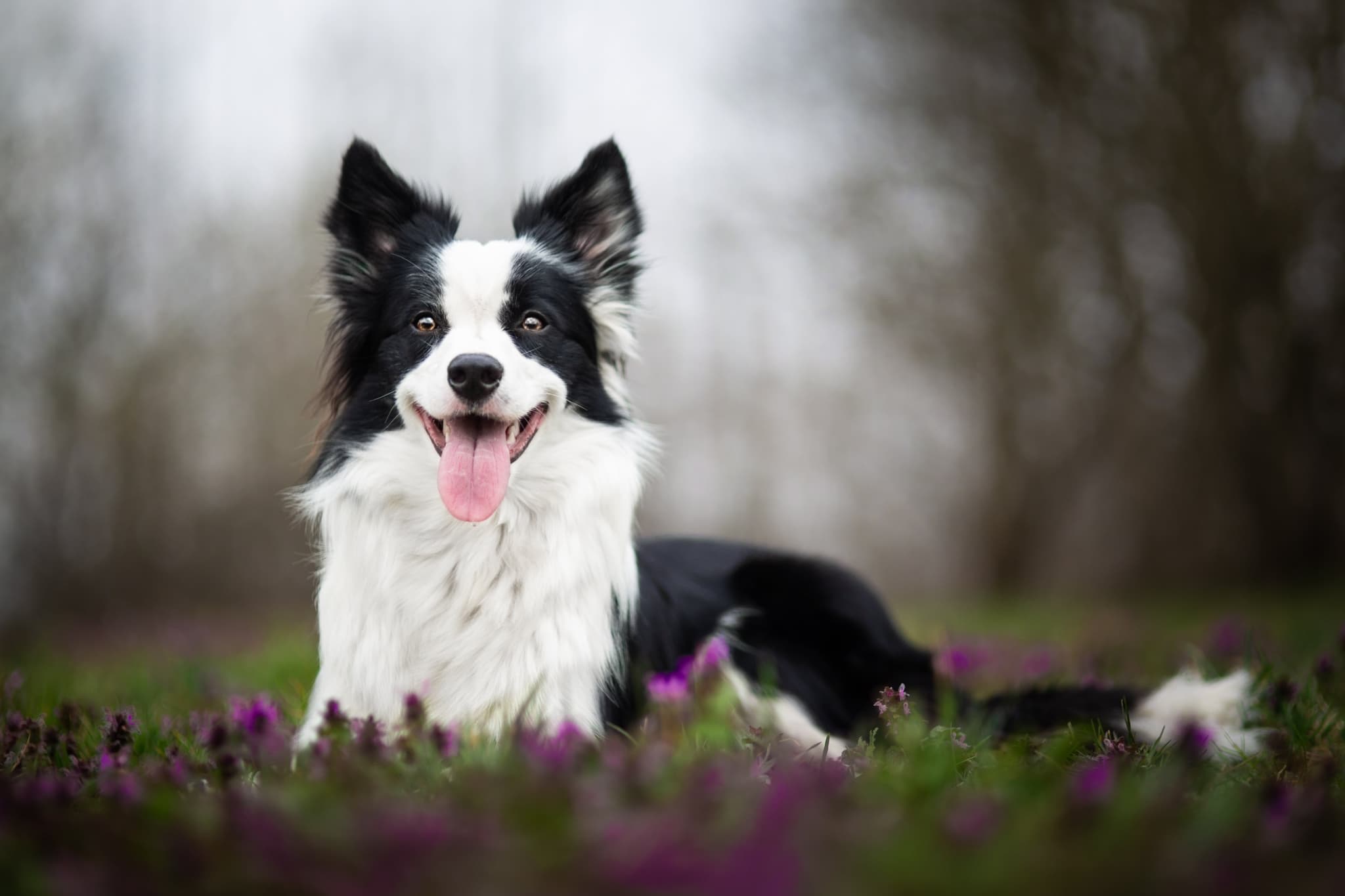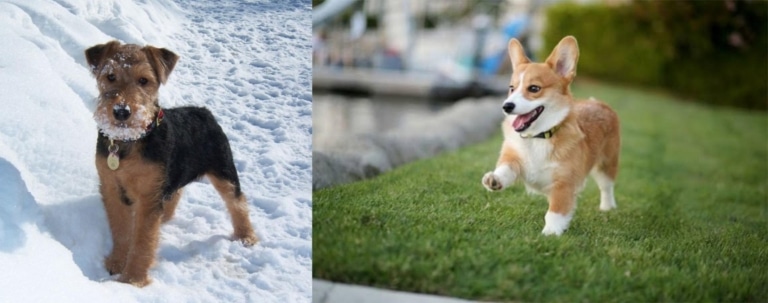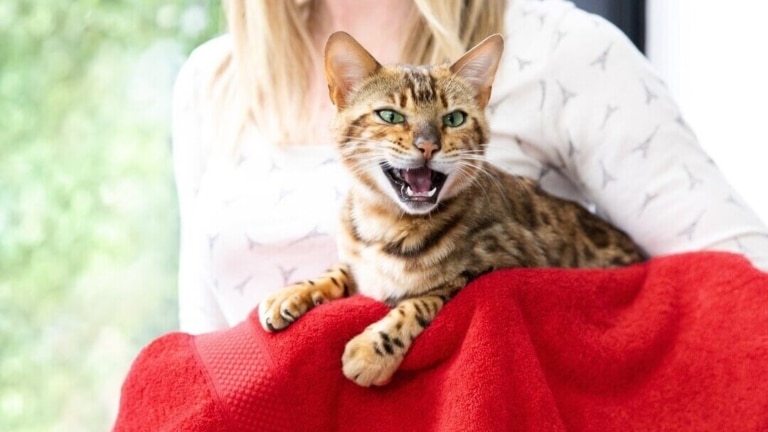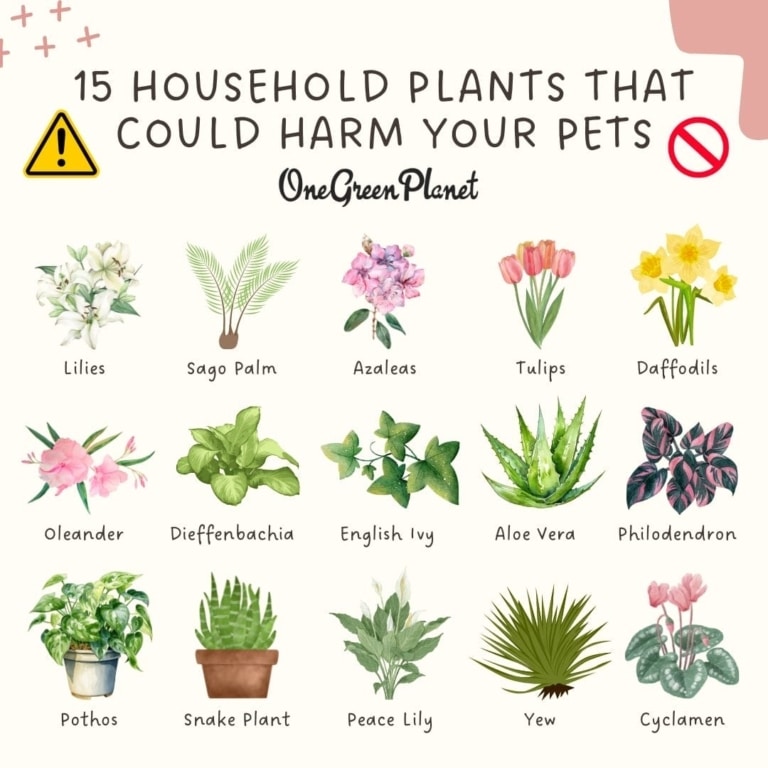Advantages of grain-free food
Grain-free dog food has rapidly gained popularity among dog owners, and for good reason. The main benefit is the absence of grain ingredients that can be a source of allergies or cause digestive problems. Instead of wheat, corn or barley, it uses vegetables, fruits and legumes – sources of healthy carbohydrates that are better digested by most dogs.
Such food often has a higher proportion of animal protein, which brings the diet closer to the natural diet of a carnivore. This has a positive effect on your dog’s muscle mass, energy, and overall health. In addition, due to their high-quality composition, grain-free diets are better digested, reduce stool volume and maintain good skin and coat health.
Possible disadvantages of a grain-free diet
It’s worth realizing that grain-free doesn’t always mean the best. In some cases, the absence of grains is compensated by a large amount of potatoes, legumes or starches, which can be harmful if the dosage is incorrect. Excess of such components contributes to weight gain or pancreatic dysfunction.
Also, grain-free dog food usually has a higher price tag because they use higher quality ingredients to make it. Some dogs have a hard time transitioning to a new type of food, especially if they have only consumed grain-based formulas in the past – it can take time for the digestive system to adapt.
Who grain-free dog food is suitable for
A grain-free diet is most often recommended for:
– dogs with food allergies or sensitive digestion,
– Animals with dermatological problems such as itching, rashes, dandruff,
– Active or working breeds that require a meaty, energy-rich diet,
– owners who want to feed their dog as “natural” as possible, close to the carnivore type of diet.
However, it is important to remember that not every dog needs grain-free food. If your Pet is healthy, has a shiny coat and is in good spirits on classic grain food – it is not worth changing the diet just because of fashion.
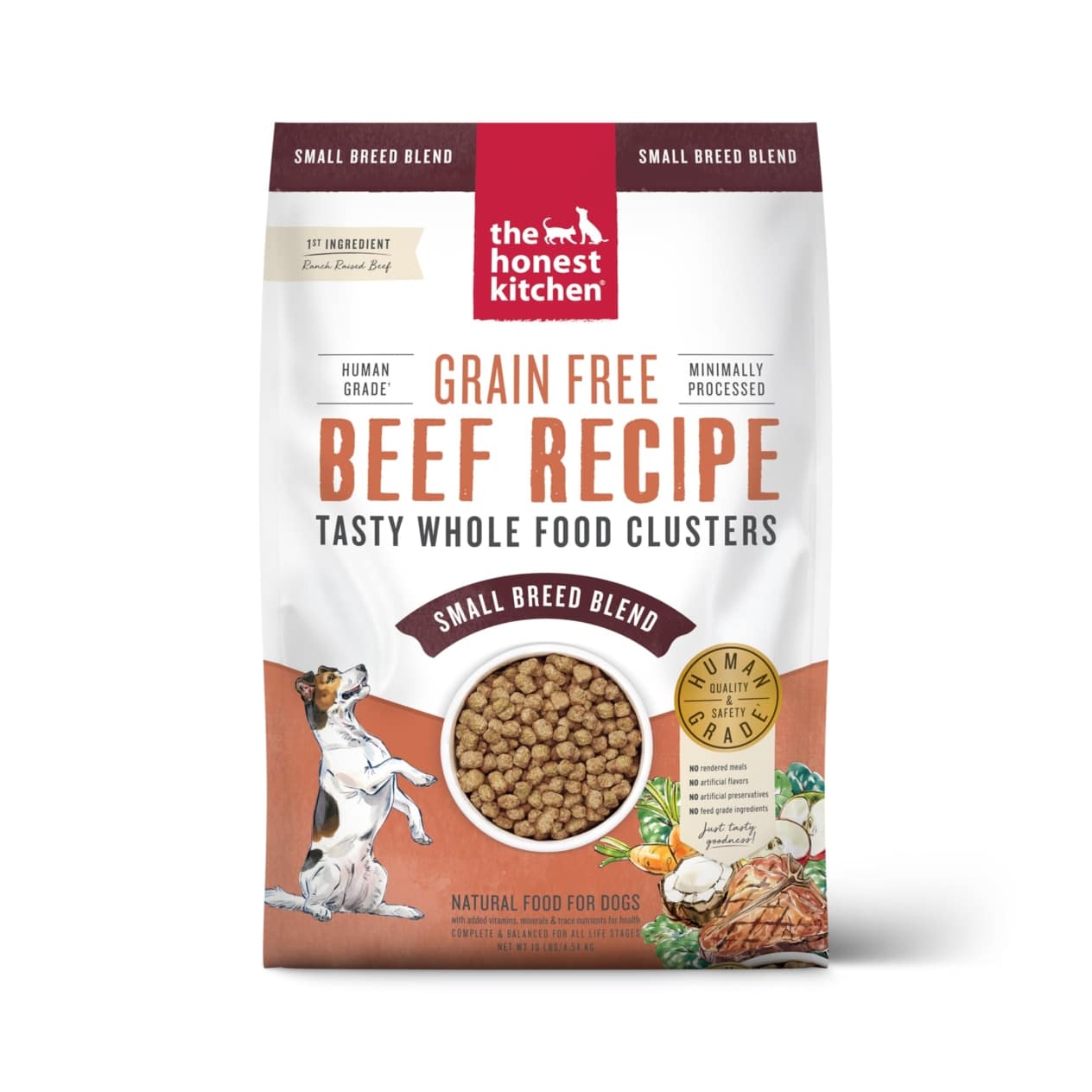
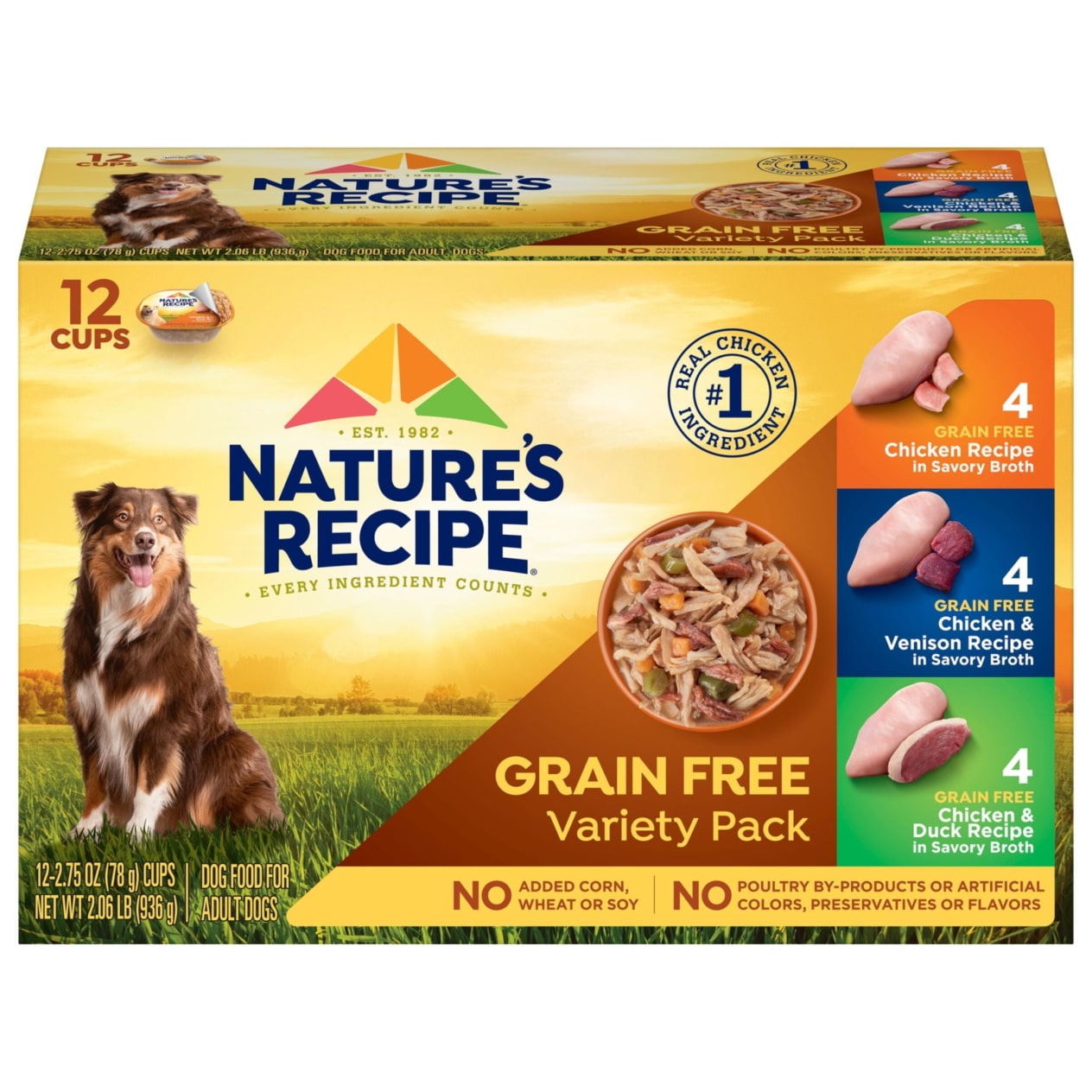
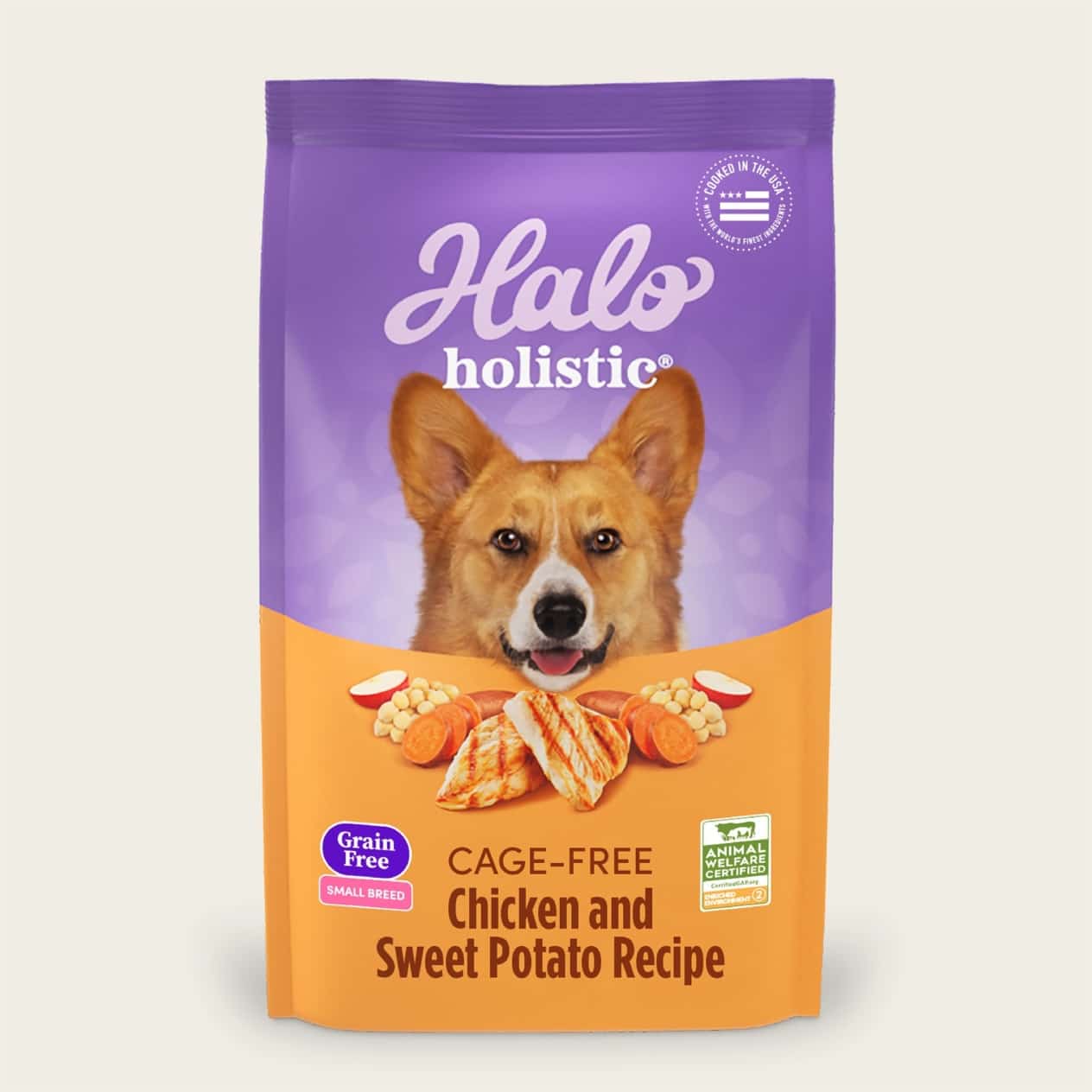
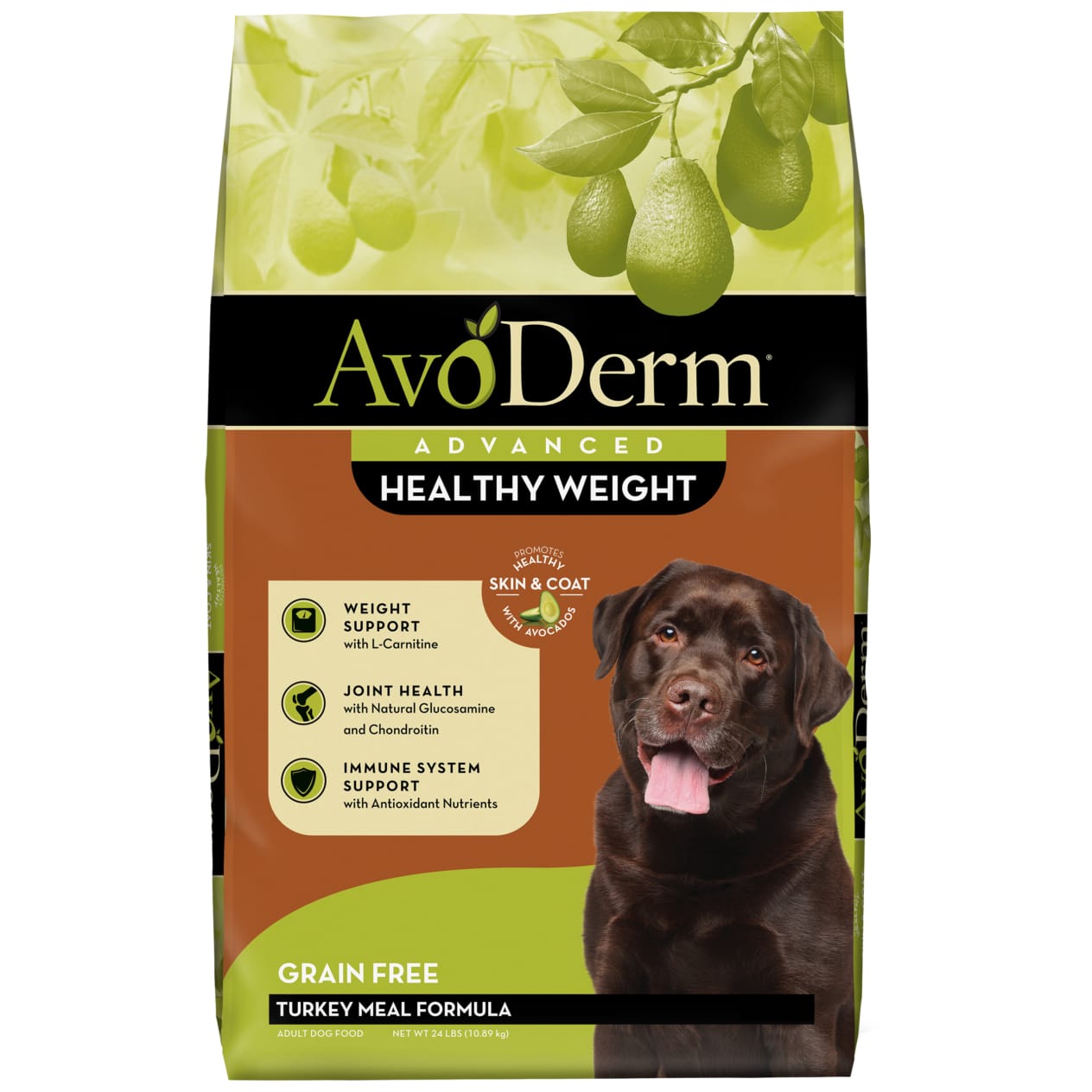
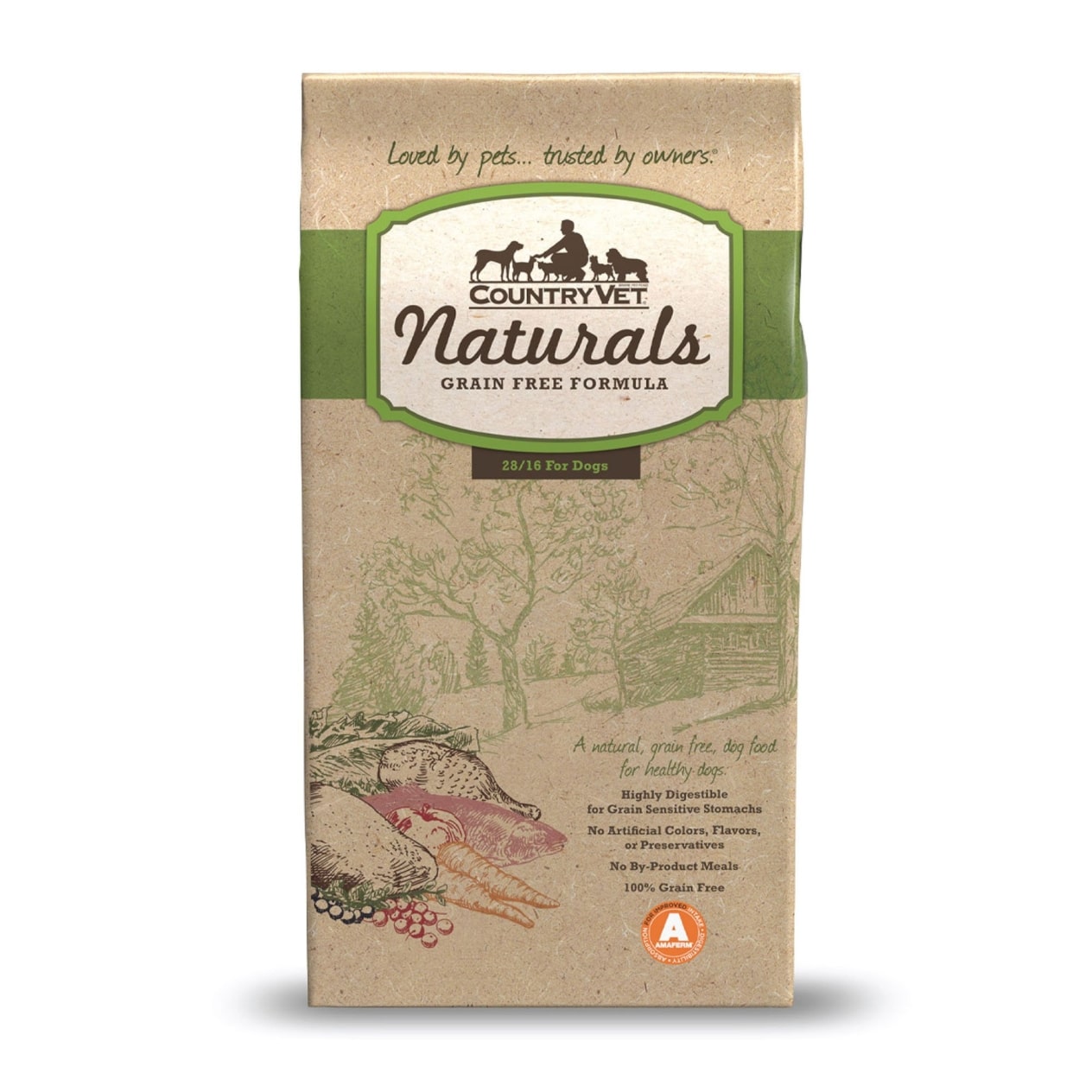
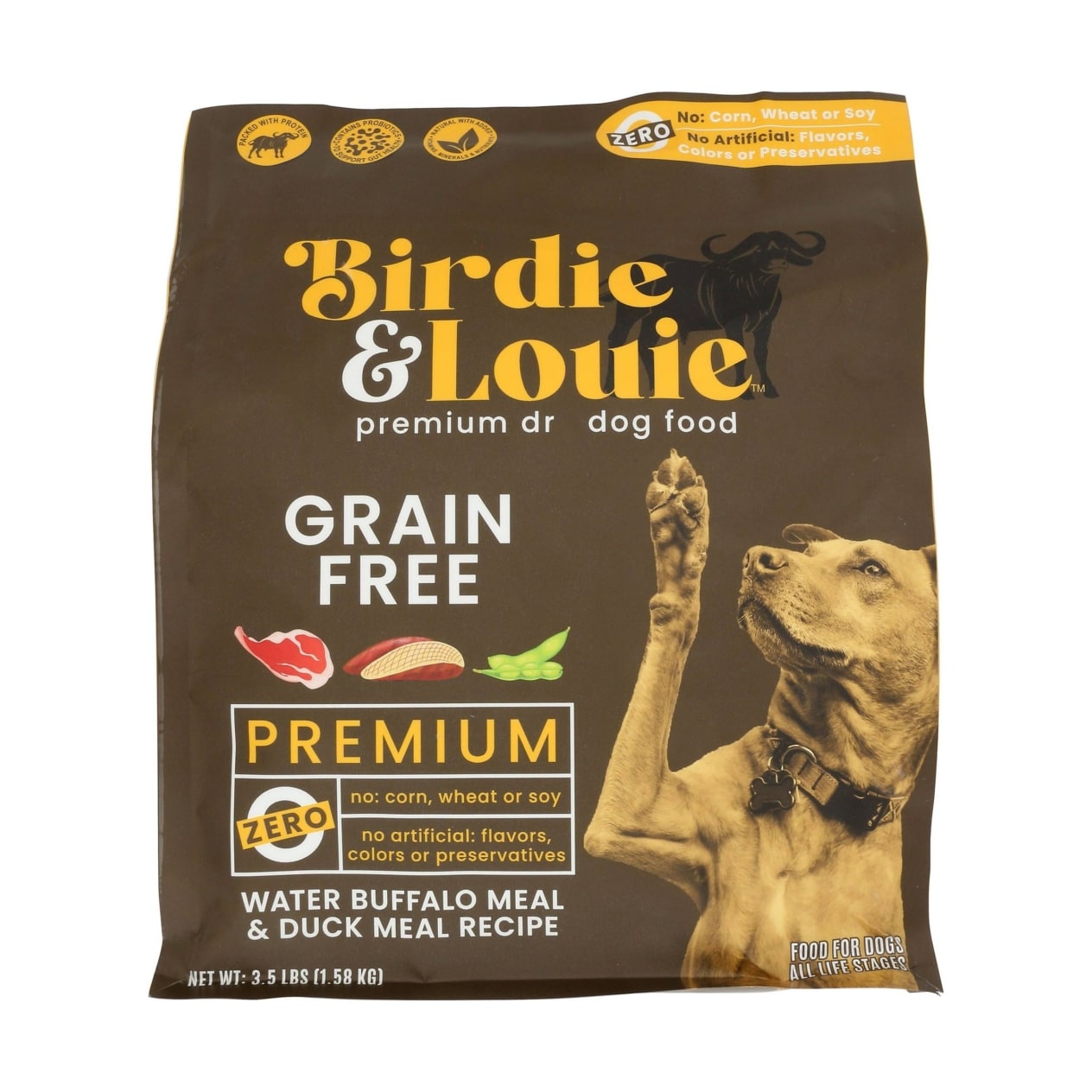
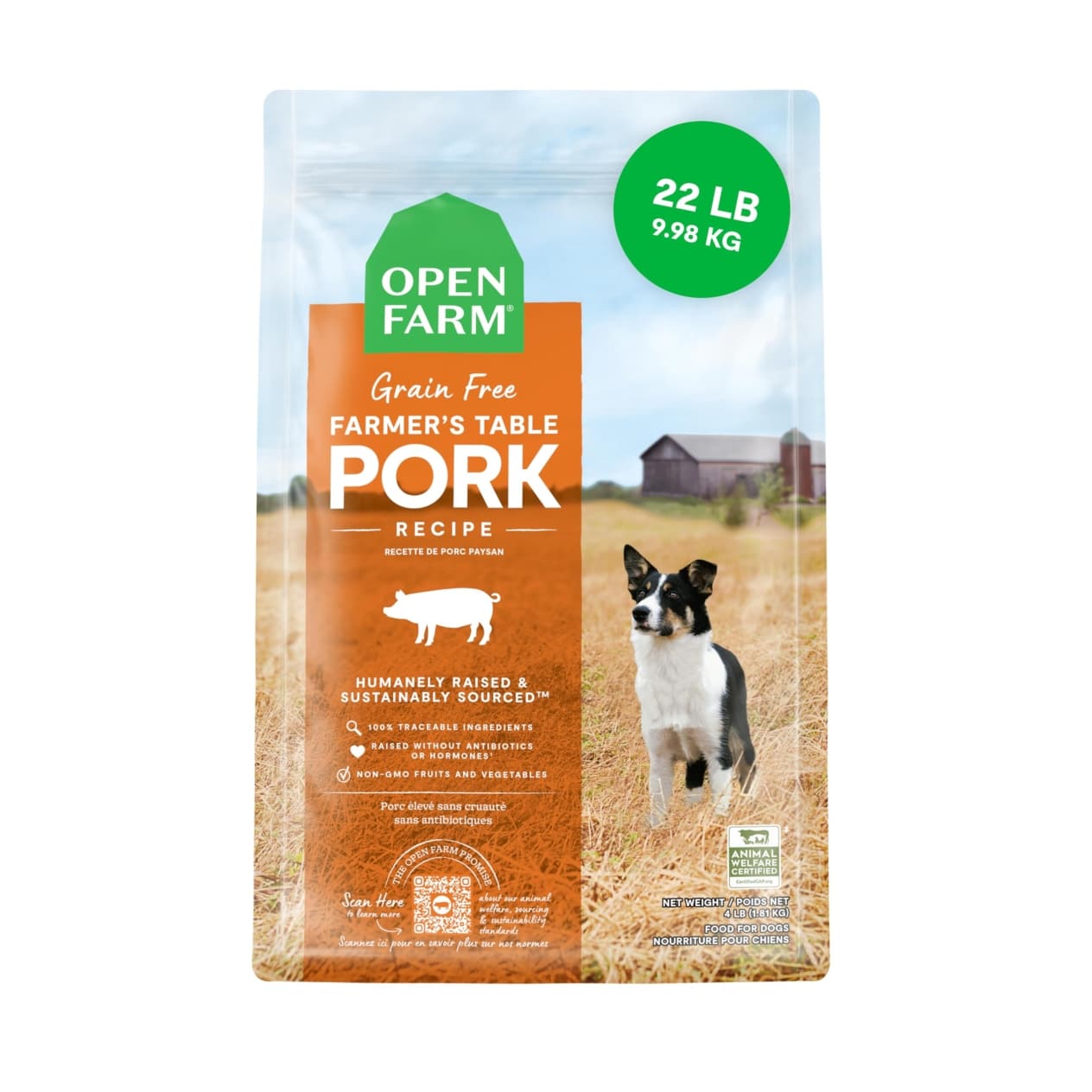
Recommendations for selection and transition
Switch to grain-free puppy and dog food gradually. For 7-10 days, mix the new food with the familiar food, gradually increasing the proportion of the new food. This will help avoid stress to the stomach and intestines.
When choosing a grain-free food, pay attention to:
– the source of protein – meat should come first in the composition;
– type of carbohydrates – it is better to choose options with yams, chickpeas or pumpkin rather than excessive potatoes;
– absence of artificial flavors and preservatives.
Each dog is individual, so before changing the diet it is better to consult with a veterinarian or an experienced groomer who knows well the condition of your Pet’s coat and skin.
Conclusion
Grain-free food is a great choice for dogs with allergies, sensitive digestion, or increased exercise. However, this type of food is not a one-size-fits-all diet and requires careful selection. Listen to your dog, consult with experts, and choose the food that’s right for your Ponytail.

